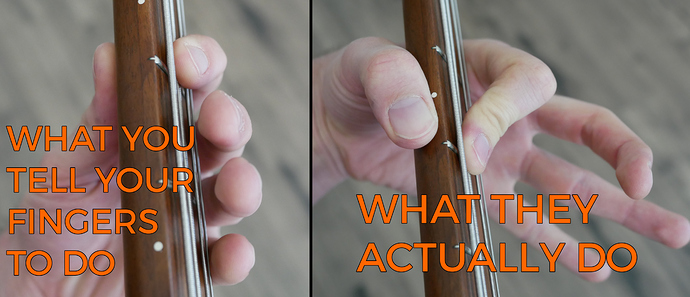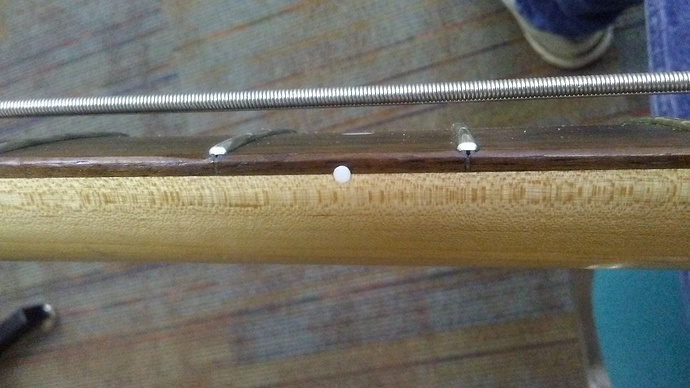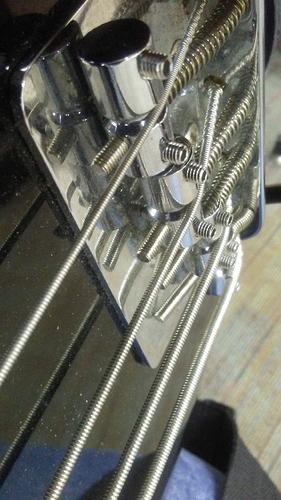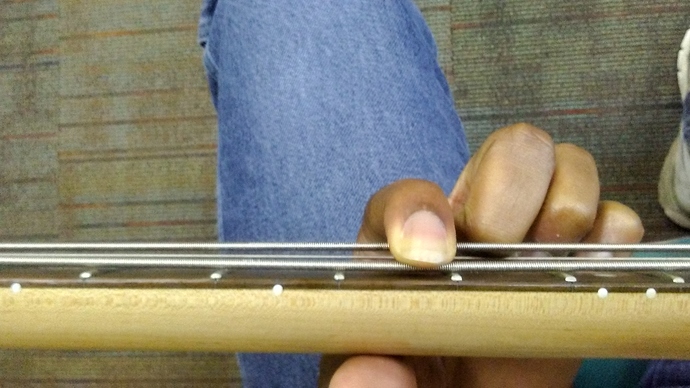One of the most common questions I get from students of the Beginner to Badass course is how to get their fretting fingers to stop flailing and flying around.
This is a really important topic, but something I chose to put limited attention on in the course.
But why Josh??? My fingers are so craaaazzzzzyyyyyyyy…
Optimizing left hand technique is a years-long journey, maybe life-long (I still feel like I’m making improvements after 15+ years), so you can’t do it perfectly right away. To me, the priority is to start playing and having fun, and then gradually improve technique over months and years.
So yes, you want to reduce the distances your fretting fingers travel so that you’re not wasting energy. But the first priority is to play the right notes at the right time, and have fun, and then you can worry about optimizing technique.
That said, here’s something you can do right now, regardless of your ability level - just intend to move your fingers a little bit more efficiently every time you play.
It’s not really an exercise, or a new technique, or an act of magical manifestation. You just pay attention to what your hands are doing, and make an effort to communicate subtler movement commands to your fingers. All it takes is some attention, and some exploration and curiosity. Every time you play, you just think along the lines of “Hmm, I wonder if I can get my finger to stay a little closer to the neck after I lift it this time.”
So yes, there are lots of exercises we can do to work on fretting efficiency and flailing fingers, but if you’re in the realm of beginnerdom, my recommendation is to focus on playing music, having fun, and maybe putting a little attention/intention into moving more efficiently.
Let me know if that helps you, or if you have any follow up questions! I’m here to help. 



